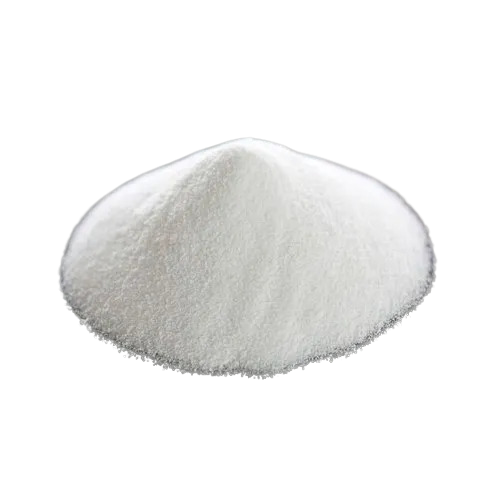Glenston LLC was formed at Sharjah Media City, Sharjah, UAE with an aim to engrave its image into the business world with hi-profile business ethics. This company aims at General Trading, Education Support Activities and Computer Programming, Consultancy & Related activities. The main objective of this company is to bring down the gap between demand and supply. There is a huge production of food grains in South Asia and demand for it in Middle East and African Countries. Students aspiring to pursue Medical and Technical Education need proper coaching to appear and clear the competitive examinations. Latest developments in IT area need consultancy and security for the growth of IT Companies. To provide customer satisfaction services in the above activities, Glenston LLC was established to strive to build long-term relationships with Customers and Suppliers based on mutual trust and respect.
“Our Mission is to bring the joy of delicious, top quality food grains from around the world to our customers, while providing an easy and intuitive customer service that goes beyond satisfying requirements, High quality training for Professional Course Aspirants and IT related solutions”
In order to fulfill our vision, we:
Our company vision also include commitment towards quality, integrity and value creation for all our customers. Implement best business practices that goes beyond customer expectation. Delivers high quality products at right price. To ensure continuous delight for our customers by always staying a step ahead of the curve.
India has a huge potential in supplying its surplus resources and farming products Worldwide. India has a huge production in food grains and spices. Keeping in mind that there is a demand for these products in UAE and other GULF countries, GLENSTON LLC with Trading as main activity, was formed to import food grains and spices and other products available abundantly in India to UAE and other GULF Countries.
As a cereal grain, domesticated rice is the most widely consumed staple food for over half of the world's human population, especially in Asia and Africa. It is the agricultural commodity with the third-highest worldwide production, after sugarcane and maize. Since sizable portions of sugarcane and maize crops are used for purposes other than human consumption, rice is the essential food crop with regard to human nutrition and caloric intake, providing more than one-fifth of the calories consumed worldwide by humans. There are wide varieties of rice and culinary preferences tend to vary regionally.
Basmati is fragrant, nutty-tasting long-grain rice grown in the Himalayas. “Bas” in Hindi language means “aroma” and “mati” means “full of,” hence the word Basmati — or “full of aroma.” As of 2019, India accounted for 65% of the international trade in basmati rice.
Here under is a list of the most prominent types of Basmati Rice with a description of its features and uses:
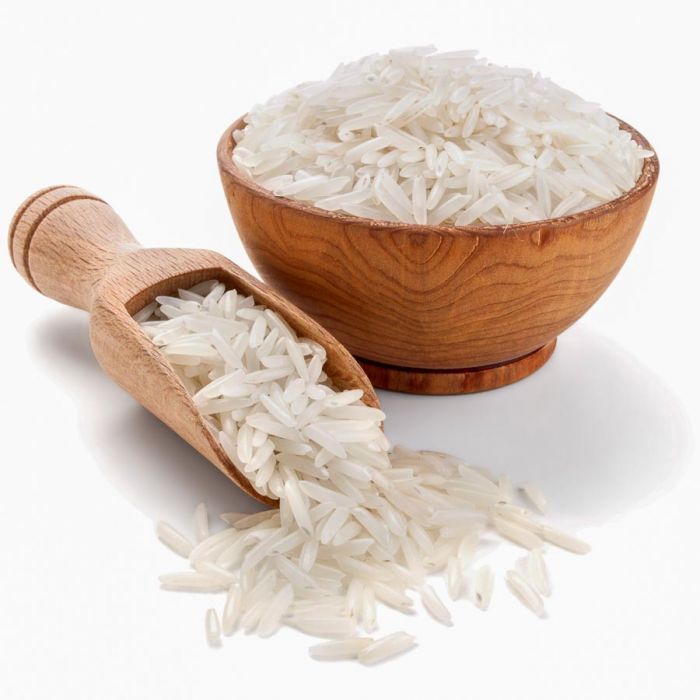

Also known as Muchal Basmati, this variety of Basmati Rice has a long-tipped point. Slender in form, these rice grains are soft to the palate and are usually used for cooking Biryani and Pilaf. It is one of the most widely used types of Basmati Rice.Available as Sella and Steam (White Creamy and Golden)
1509 rice is cheaper in comparison to 1121 rice variety because 1509 rice's cultivation time is less and produces higher yield as compared to 1121 rice. Upon cooking, the grains exhibit great elongation, excellent fluffiness, are non-sticky and have a pleasant aroma.Available as Sella and Steam (White Creamy and Golden).
Sona Masuri (also spelled as Sona Masuri or Sona Mahsuri) is a lightweight and aromatic medium-grain rice that is the result of a cross combination of the rice varieties Sona and Mahsuri. It is grown largely in the Indian states of Andhra Pradesh, Telangana, and Karnataka, and is used primarily in South Indian cuisine. In Telugu, Sona Masuri rice is called Bangaru Theegalu (meaning Golden Ivy). Sona Masoori is a premium variety of rice that is mainly exported to the United States, Canada, Europe, Australia, Singapore, Malaysia, and Middle Eastern countries such as Saudi Arabia, the United Arab Emirates, and Qatar.
High-yielding varieties developed in the 1960s and 1970s at the International Rice Research Institute (IRRI) and elsewhere benefited farmers and the public, ultimately increasing yields and reducing the cost of rice to consumers. In 1985, the IRRI-developed indica variety IR64 was released in the Philippines. In addition to its high yield, early maturity, and disease resistance, it had excellent cooking quality, matching that of the best varieties available. These merits resulted in its rapid spread and cultivation in the two decades after it was released. It has intermediate amylose content and gelatinization temperature, and good taste. It is resistant to blast and bacterial blight diseases, and to brown planthopper. Because of its success as a variety, it has been used extensively in scientific studies and has been well-characterized genetically. Many valuable genes have been introduced into IR64 through backcross breeding and it has been used in thousands of crosses.

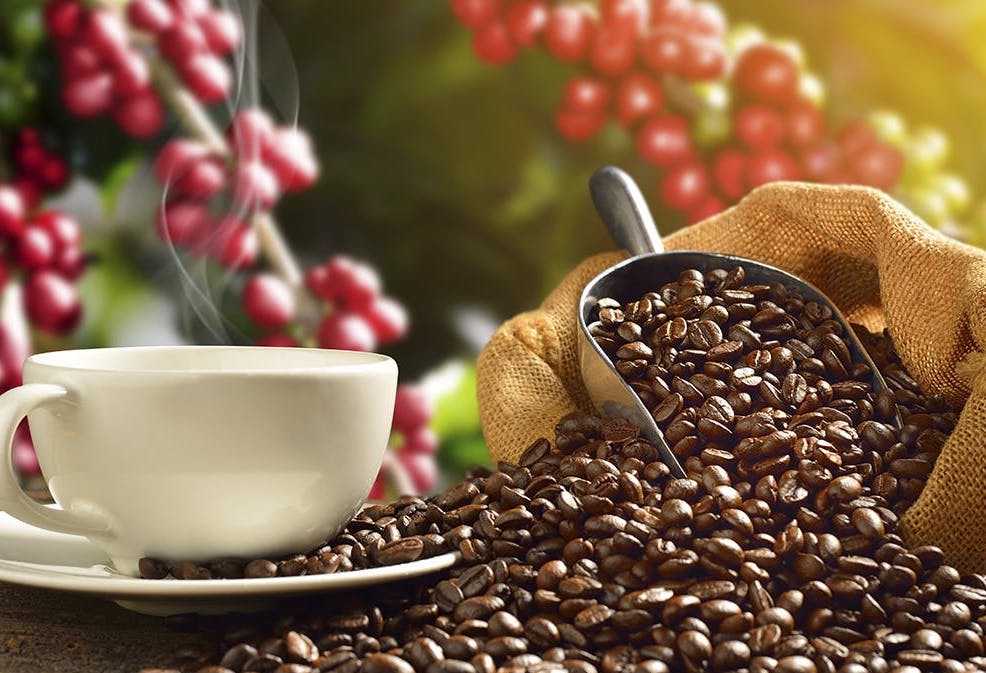
Indian cuisine is characterised by its various spices, heavily used in multiple ways in its traditional recipes. A subtle shift in cooking technique can make the same flavouring taste entirely different, as can the order in which they are used.
Spices are used in different forms: whole, chopped, ground, roasted, sautéed, fried, and as a topping. They blend food to extract the nutrients and bind them in a palatable form. Some spices are added at the end as a flavouring — those are typically heated in a pan with ghee (Indian clarified butter) or cooking oil before being added to a dish. Lighter spices are added last, and spices with strong flavour should be added first. "Curry" refers to any dish in Indian cuisine that contains several spices blended together, whether dry or with a gravy base. However, it also refers to curry leaves, commonly used in South India.
Coffee production in India is dominated in the hill tracts of South Indian states, with Karnataka accounting for 71% (Kodagu alone produces 33% of India's coffee), followed by Kerala with 21% and Tamil Nadu (5% of overall production with 8,200 tonnes). Indian coffee is said to be the finest coffee grown in the shade rather than direct sunlight anywhere in the world.There are about 250,000 coffee growers in the country; 98% of them are small growers. As of 2009, Indian coffee made up just 4.5% of the global production. Almost 80% of Indian coffee is exported;70% is bound for Germany, Russia, Spain, Belgium, Slovenia, United States, United Kingdom, Japan, Greece, Netherlands and France. Italy accounts for 29% of the exports. Most of the export is shipped through the Suez Canal.
Coffee is grown in three regions of India with Karnataka, Kerala and Tamil Nadu forming the traditional coffee growing region, followed by the new areas developed in the non-traditional areas of Andhra Pradesh and Odisha in the eastern coast of the country and with a third region comprising the states of Assam, Manipur, Meghalaya, Mizoram, Tripura, Nagaland and Arunachal Pradesh of Northeastern India, popularly known as "Seven Sister States of India"
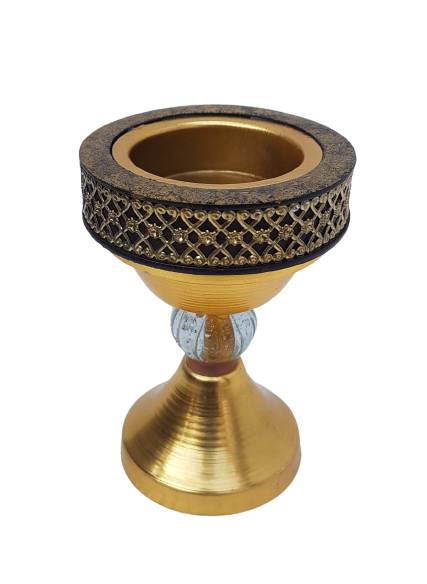
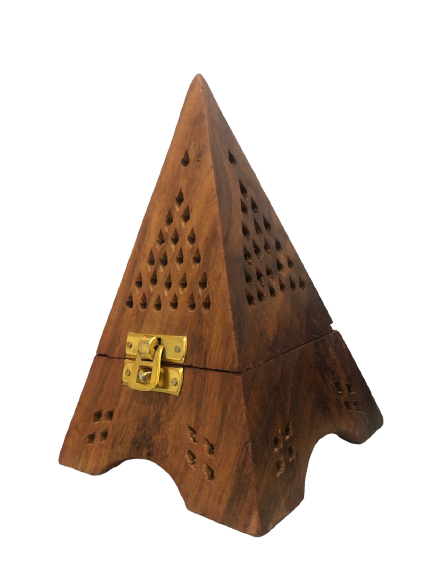
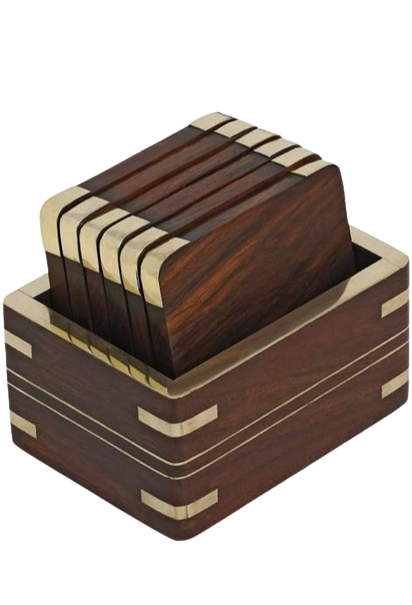
Handicrafts are considered one of the oldest traditions in the world. Wooden handicrafts are made by decorating or carving wood to create beautiful items. Every craftsman creates a unique handicraft according to their individual talent. India is considered as the land of tradition and culture. Handicrafts form an integral part of India’s rich and unique customs. The craft council of India has given a report saying, “Handicraft is the second-largest source of employment in the country, after agriculture”.
This inheritance or we say Indian handicraft's history of making unique and beautiful handicrafts has been passed from one generation to another. India has a unique variety of awestruck jewellery, hand-made paintings, and beautiful woodcraft. These pleasing items can only be found in India.
India is among the most superior countries in the name of supplying handicrafts across the world. The Indian handicrafts industry is highly labor-based industry and decentralized, being spread all over the country in rural and urban areas. Indian craftsmen create distinctive masterpieces with different shapes, patterns, colors, and sizes. These handicrafts are famous all over the earth for their ability to last.
Metal crafts in India date back to the Indus Valley Civilization. The discovery of the Dancing Girl sealed the fact that people of the sub-continent region were masters at moulding metal for a long. The legacy of metal works is seen to date in bronze statues of the Chola kingdom or the iron pillar at Mehrauli in Delhi made during Ashoka’s time.
Metals are usually associated with hardness, sturdiness, and solid utility. The use of metals brings to mind construction, large industries, and a sense of formidable resistance. But metals are malleable, which means they can be shaped, pressed, or hammered without breaking or even cracking.
This quality of metals makes it a craftsman’s delight. And hence Indian metal crafts are popular all over the world. Quite contrary to their sturdy image, metal craft in India exude a combination of style, artistry, as well as, dependability.
Poly Vinyl Chloride Resin or PVC Resin as it is popularly called is a thermoplastic Resin which can be softened on reheating. A common term for this commodity polymer is Vinyl. Often available in the form of a powder, PVC granules are highly resistant to oxidisation and degradation caused by atmospheric reaction. In its raw form, it appears as a white powdery solid.
The composition of PVC is such that 57 % is chlorine and 43% is carbon. Since the process of deriving PVC Resin granules is rarely dependent on petroleum, it is considered as one of the more renewable plastics.
According to its appearance and flexibility, PVC is categorised into the following two categories:
PVC Resin is manufactured by the polymerisation of the vinyl chloride monomer. According to the method of polymerisation.
India’s demand for PVC resin is to rise by 7-8 percent this year on back of a sharp rebound consumption. Particularly from the pipes and fittings segment which consumes nearly 80 percent of the country’s resin availability.
The PVC resin demand contracted by 16% in the financial year which prompted India’s primary producers to export, albeit in a small quantity. Normally, India is a deficit country for PVC resin and hence, meets around 58 percent of its consumption, through imports.
India is the world’s largest importer of PVC. With domestic production unable to meet consumption needs, processors and converters rely heavily on import market to keep plants running. However, the market plague by an expectedly tight supply in second half 2020, and prices in spot market have more than doubled since then. Key economic of India is PVC as the indicator as its growth is tied to the gross domestic product with a particular link to demand from the construction sector.
